seed sowing quesitons from a new gardener
arylkin
10 years ago
Related Stories

CONTAINER GARDENS8 Easy Container Plants to Grow From Seed
Get beautiful blooms and herbs in summer by starting these choice garden picks from seed in spring
Full Story
GARDENING GUIDESHow to Plant a New Lawn From Seed
Choose from more grass varieties and save money over sod by starting your lawn from seed
Full Story
GARDENING GUIDESSeeds or Seedlings? How to Get Your Garden Started
Growing delicious herbs and vegetables starts with knowing your goals and when you want to plant
Full Story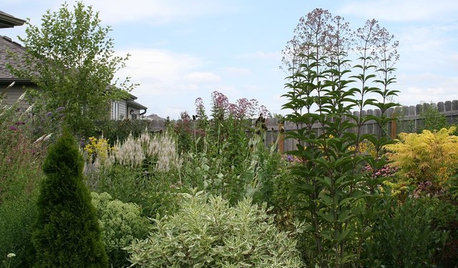
GARDENING FOR BUTTERFLIESGreat Design Plants: A Bevy of Beauties from the Meadow
Draw butterflies, birds and bees to the garden year-round with these low-maintenance Eupatorium varieties
Full Story
WINTER GARDENINGExtend Your Growing Season With a Cold Frame in the Garden
If the sun's shining, it might be time to sow seeds under glass to transplant or harvest
Full Story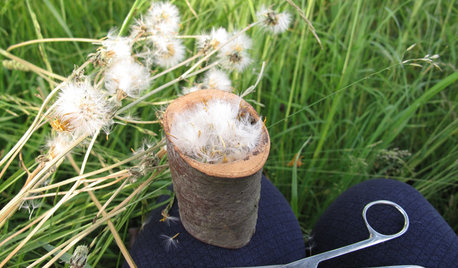
HOLIDAYS6 Holiday Gifts From the Garden
Your garden holds an abundance of gift ideas for your nature-loving friends — wreaths, bee houses, framed photos and more
Full Story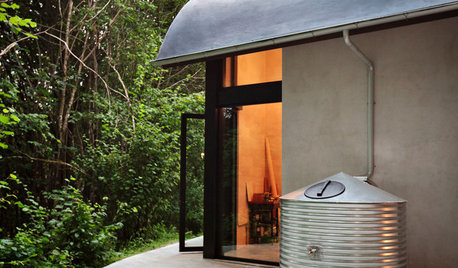
GARDENING GUIDESTexas Gardener's May Checklist
Be especially water wise this month as you sow seeds, tend to your lawn and plant edibles, grasses and flowers
Full Story
GARDENING GUIDESGreat Design Plant: Blue Sage
True blue and adored by hummingbirds, blue sage is easy to grow from seed in a sunny fall garden
Full Story
INSPIRING GARDENSFrom Concrete Lot to Gracious Organic Garden in Seattle
Plants, pests and even weeds have a place in this landscape, which offers an edible bounty and a feast for the eyes
Full Story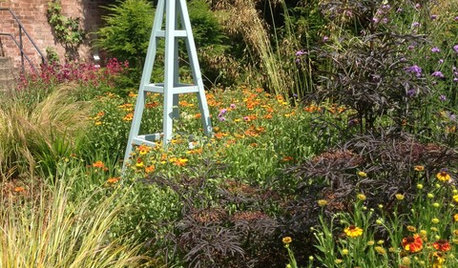
PLANTING IDEASModern Planting Ideas From a Historic English Garden
Low-maintenance, climate-fitting plants are just the beginning of the good things in this bishop’s updated garden
Full Story





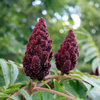
bugbite
susanzone5 (NY)
Related Professionals
Leawood Landscape Architects & Landscape Designers · Mooresville Landscape Contractors · Pottstown Landscape Contractors · Wilmington Landscape Contractors · El Sobrante Landscape Contractors · Mesa Landscape Contractors · Vallejo Landscape Contractors · Silver Firs Landscape Contractors · Fitchburg Carpenters · South Orange Carpenters · Catonsville Fence Contractors · Cockeysville Fence Contractors · Fairmount Fence Contractors · Marana Fence Contractors · Northridge Fence ContractorsarylkinOriginal Author
User
bugbite
morz8 - Washington Coast
seysonn